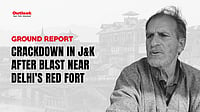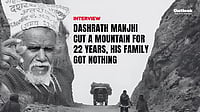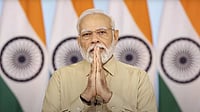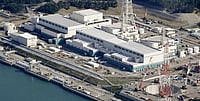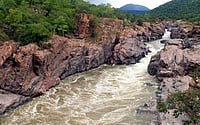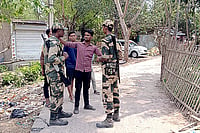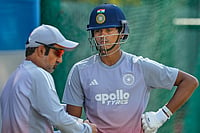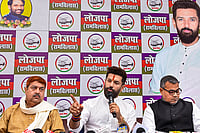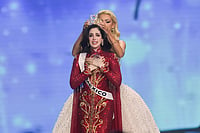THEY are the world's two largest corporations. The $161-billion General Motors and the $153-billion Ford Motor Company. And they scrimmage on virtually every battleground across the world. In India, too, when Ford India inaugurates its Rs 1,700-crore facility at Maraimalainagar near Chennai on March 19, the two automobile Godzillas will enter the ring for round two of their battle. Says Ford India managing director Phil Spender: "Our involvement in India is intensive, we believe it provides a great potential opportunity."
In comparison, GM has so far invested only Rs 314 crore in India. But the company is expecting India, along with China and Poland, to become its markets for tomorrow. The last quarter of this financial year should see the Opel Corsa roll out from the Halol, Gujarat plant of GM India (gmi), while Ford's new car-based on its Fiesta platform and codenamed C 195-will be launched in November. Says Spender: "This market needs a car of its own. It will be a three-box car with large interiors for its rather modest exterior size. The engine range will go up to 1.8 litres." While that's as much as he's willing to reveal, sources close to Ford say the 1.8-litre version will be a diesel, and there will be two petrol variants of 1.6 litres and 1.3 litres. And the price? Again, Spender's lips are sealed. But those who claim to know say that the diesel car won't top the Rs 6 lakh mark, while the 1.6 litre one is expected to have a sticker price of Rs 4.75 lakh, and the 1.3 litre variant would go for Rs 4 lakh. "It'll have 70 per cent local components, and we expect to sell 25,000 in the first year of operations," says Spender.
That's roughly the amount gmi plans to sell too. Not surprising, considering that the Corsa, which will also come with its share of variants, should be in the same price range, or a tad higher. Says Rajeev Chaba, gmi's vice-president, marketing: "We believe we have successfully positioned the Opel brand in India, and customers will pay for the brand."
But for Jacques Nasser, Ford's worldwide president and ceo, the battle isn't all about the 400,000 cars-a-year Indian market. For him, the stakes are much higher. That's because his ultimate goal is to topple arch-rival GM from its perch of being the world's largest corporation. Nasser, in fact, struck a crucial blow last week, when shareholders of the $28-billion Volvo approved Ford's purchase of its car division for $6.4 billion.
Nasser has timed his moves well. For, the buzz is that internationally at least, GM is back to its mossy, inward-looking ways. And chairman and ceo John F. Smith Jr is taking the flak for intractable labour woes and missed opportunities, even as Ford races ahead. But in India, the shoe seems to be on the other foot.
Even as Nasser is in overdrive these days, his colleagues in India are on the slow track. Executives at gmi, on the other hand, can claim a much better showing than their counterparts abroad. Says the marketing head of a rival car company: "GM has been able to position Opel as a premium brand, next only to Mercedes in India. Mind you, before GM entered India, the Opel name was relatively unknown. But Ford hasn't been able to achieve that positioning."
That's some credit to gmi, considering that both brands had roughly the same takeoff points prior to their India launch. Says Chaba: "Our market surveys in '94 showed that only six per cent of the target audience was aware of the Opel brand. At the same time, GM was known for big American cars. " Adds a spokesperson for Ford: "Initial research showed that Ford wasn't top-of-mind recall, and being American it was associated with big cars." It was Japanese car companies and German technology that ranked higher in customers' minds.
gmi obviously reached the same conclusions, as it got down to turning weakness into strength. "We first defined a marketing strategy to create a brand image and then decided to bring in a product to fit," recalls Chaba. That's why the Opel brand was picked to leverage the German heritage, and the high regard Indian car buyers had for German technology. Adds Chaba: "We decided to position the Opel brand at the top of the mid-sized car segment, in conjunction with our pricing strategy. While the Astra was clearly the best product, there were add-on benefits like membership of the Opel Club to customers." So after the initial 'Gee! It's great to be here' ads, gmi switched to promoting the Opel brand.
Ford went about it slightly differently. Says a Ford spokesperson: "We projected ourselves as a global company that has superior technology, safe products and cares for its customers. After that we moved on to specific product advertising, stressing on the Escort's driveability, safety features and interiors. And we talked about how Escort was a European car engineered for Indian conditions with a larger boot, increased height and a louder horn."
But the central theme of Ford's business plan for India was to make a quick entry. Escort was launched within 10 months of getting government clearance. "The 1.3-litre was the main engine for the Escort worldwide, and all data told us that it would be a great success in India," says Spender. But that's where it went wrong. Says the marketing head of a rival car company: "Ford entered in October 1996, with the 1.3 litre petrol Escort, which was the wrong product. The car's performance didn't match what people expected from the brandname." Admits Spender: "We realised that the Indian customer wanted stronger acceleration, and a higher torque," which the 58 hp engine didn't provide. In contrast, Opel's 1.6 litre engine delivered 76 hp, and even the 1.3 litre Honda City launched in January '98-which is cheaper by Rs 1.3 lakh-gives a whopping 90 hp. That negated Ford India's hopes of positioning itself as a big-time player in the premium car market. But the company did score on one front. For the year 1997, JD Power ranked it the number one quality car in its India Initial Quality Survey.
Ford then embarked on a rearguard action. In March last year, it relaunched the Escort with its 1.6-litre 84 hp multivalve Zetec engine. "This shows that Ford responds to customer needs, and changes as the market demands," says Spender. But the change didn't prove enough. By then, Ford's brand image had taken a dent, and even a splendid product like the 1.6-litre Escort couldn't turn the clock back fully. Says the marketing chief of an auto company: "By then the customer had probably written off Escorts' petrol version. Even a high-visibility ad campaign didn't help." Ironically, efforts to boost flagging sales have actually had a negative impact. A high frequency of special offers at reduced prices and a Rs 85,000 cut in prices last year may have only eroded the halo around the Ford brandname.
Still, it's the Escort diesel that has kept the Ford flag flying in India, undoing much of the damage. Till September '97, when Opel launched its turbo-charged diesel version of the Astra, the former was the uncrowned king in the mid-sized category by virtue of being a lone player and accounting for 70 per cent of all Escort sales. Thanks to it, Ford managed to equal the number of cars sold by gmi (about 3,500) in the last calendar year. Each now has an 8.5 per cent share of the mid-sized car market.
Clearly, the battle has just begun. With both these car companies taking a long-term view on India, it won't be long before Ford, with its deep pockets and strong commitment to the country, takes a leaf out of Nasser's book to do what Ford does best: outrun GM. Rajeev Chaba and his team at gmi would do well to stay their lean and hungry selves.







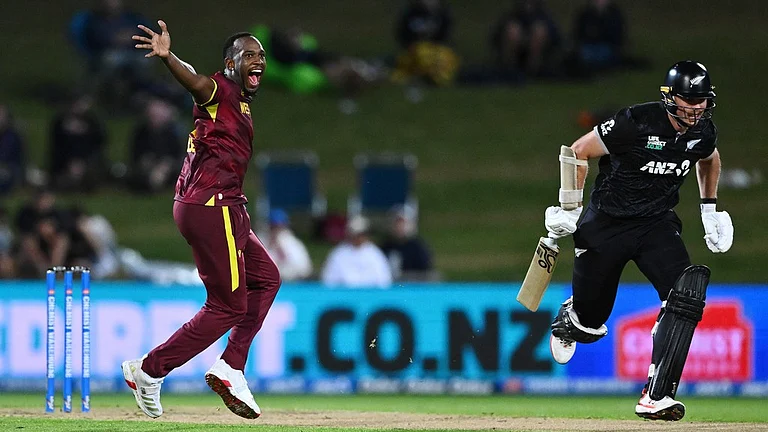
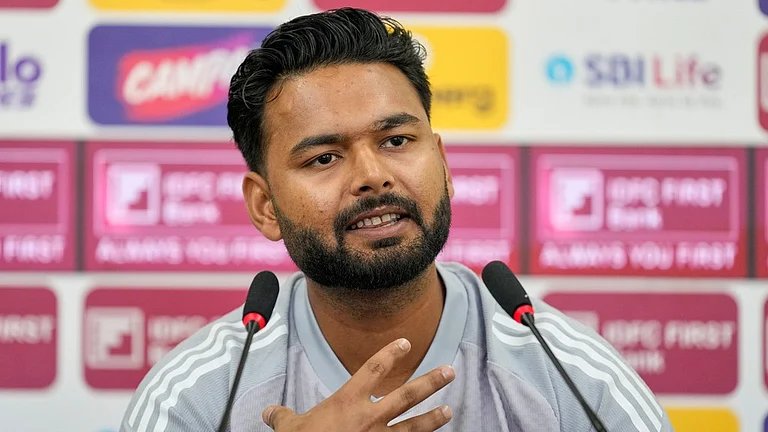
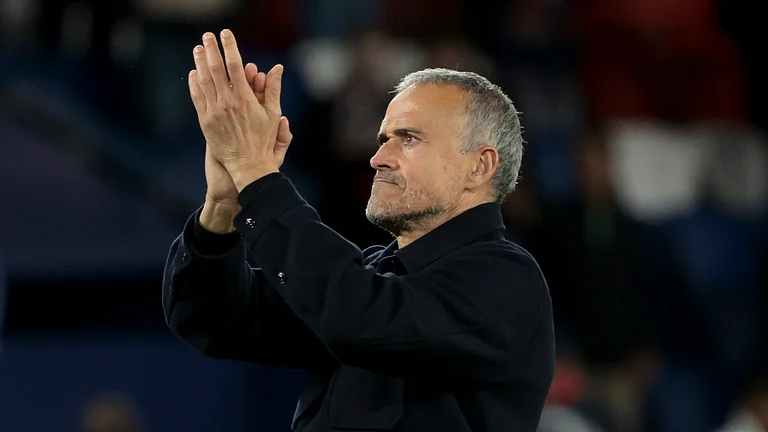
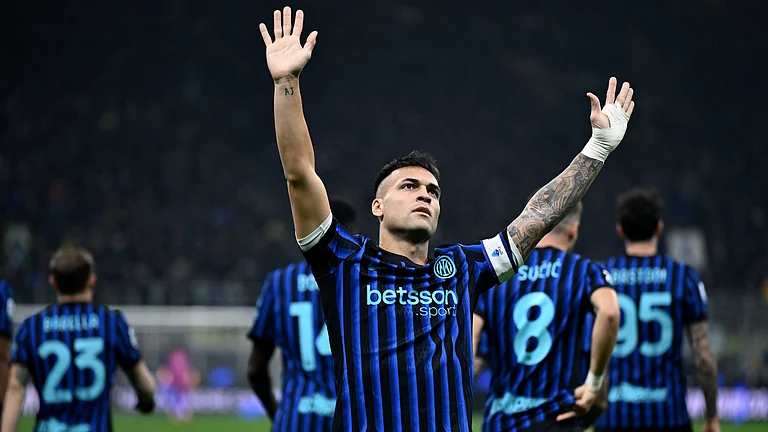


.jpg?auto=format%2Ccompress&fit=max&format=webp&w=376&dpr=2.0)


